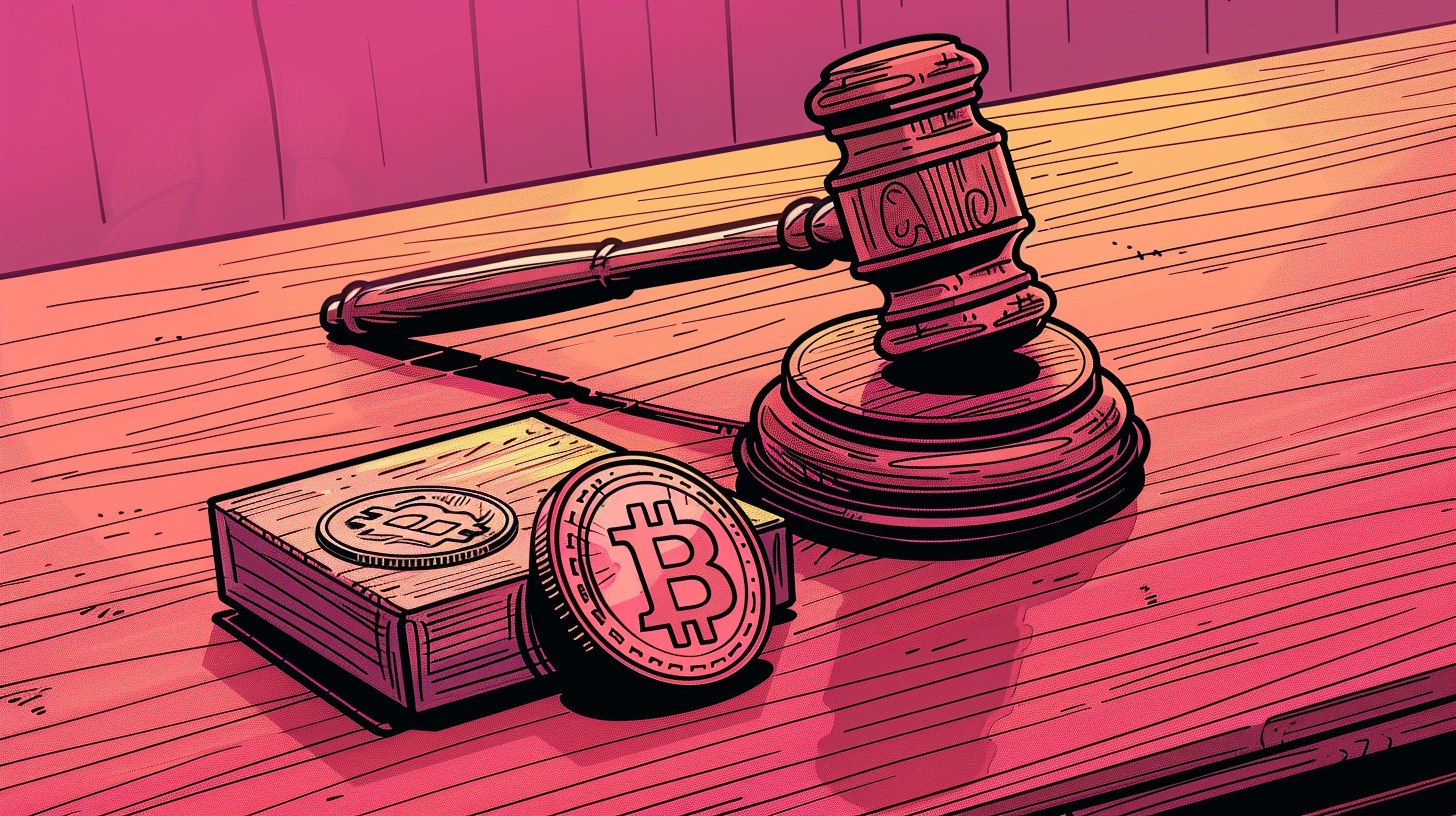Crypto’s Regulatory Growing Pains Are Turning Into Progress

For over a decade, cryptocurrency operated in a kind of legal twilight. The technology moved fast, but regulation lagged behind, often struggling to define what crypto even was: currency, commodity, security, or something entirely new. This uncertainty slowed institutional participation, created compliance confusion, and led to several high-profile enforcement clashes.
But in 2025, the regulatory fog is finally starting to lift.
Around the world, policymakers are crafting more structured, transparent frameworks for digital assets. From stablecoins to token classification, the rules are becoming clearer. While the crypto community has often bristled at the idea of regulation, this new wave of legal clarity is bringing something the industry has long needed: legitimacy, accountability, and room to grow.
Why Regulation Matters for Crypto’s Next Chapter
In crypto’s early years, the dominant ethos was decentralization, and with that came a deep distrust of central authorities. The idea of governments writing rules for peer-to-peer money was seen by many as a threat to freedom and innovation.
But that thinking has evolved. The industry has matured. Billions of dollars now flow through blockchain applications. Crypto is no longer just an experiment; it is a sector with real users, real risks, and real consequences when things go wrong. Regulation, when done thoughtfully, helps protect consumers, standardize practices, and attract the kind of institutional capital needed to reach mainstream adoption.
Clarity does not mean control. It means knowing the rules of the game and playing them fairly.
Recent Milestones: Regulation Becomes Real
The past year has seen a surge in meaningful crypto legislation, especially in major financial markets.
In the United States, the GENIUS Act (Guiding and Establishing National Innovation for U.S. Stablecoins), passed by the Senate in June 2025, represents a landmark shift. For the first time, there is a comprehensive federal framework governing stablecoins. The act mandates full reserve backing, transparency disclosures, and regular audits for dollar-pegged digital assets.
This gives stablecoins, which are widely used in decentralized finance, trading, and cross-border payments, a legal foundation. It also reassures users that their digital dollars are fully backed and redeemable. For regulators, it addresses systemic risk. For the industry, it unlocks new confidence in the legitimacy of one of crypto’s most useful tools.
Across the Atlantic, the UK Treasury has finalized a phased approach to regulating crypto activities, including rules for staking, lending, and centralized exchanges. The Financial Conduct Authority now offers provisional licenses for digital asset firms, allowing them to operate while final reviews are conducted. This balance between innovation and oversight has drawn praise from startups and incumbents alike.
Meanwhile, Hong Kong has officially reopened its doors to crypto firms with a new licensing regime. After years of restrictive policies, the city is positioning itself as a regulated digital asset hub, drawing interest from exchanges and Web3 startups across Asia.
Even traditionally conservative markets are shifting. Australia recently proposed clear licensing requirements for crypto exchanges and wallet providers, while Brazil is rolling out a central bank-approved digital currency infrastructure that connects to blockchain-based payment apps.
The message across jurisdictions is increasingly consistent: crypto is not going away, so let’s make it safer, smarter, and more accessible.
Regulation Is Not the End of Innovation: It Is the Start of Scale
Critics often argue that regulation slows progress, and there is some truth in that. It introduces friction, paperwork, and compliance costs. But it also reduces risk, not just for investors, but for developers, institutions, and entire ecosystems.
Without rules, innovation becomes a liability. Startups fear enforcement. Banks hesitate to partner. Users do not know who to trust. In that kind of environment, progress becomes precarious.
But when rules are clear and fair, everyone can build with more confidence. Token creators can launch assets with a roadmap for legal compliance. Exchanges know how to register and report. Users have a better understanding of their rights and protections.
Regulatory clarity also strengthens global competitiveness. Countries that get it right stand to attract the best talent, the most resilient startups, and significant international capital. We are already seeing that dynamic play out in places like the UAE and Singapore, where regulatory frameworks are helping them lead in crypto adoption, tokenized finance, and AI integration.
Transparency Drives Institutional Participation
The biggest beneficiaries of regulatory clarity may be institutions, and by extension, the millions of users they serve.
For years, large asset managers and banks have sat on the sidelines, citing regulatory uncertainty as a key reason for avoiding crypto. That is changing. With new laws in place, institutions now have a path forward, not just to offer Bitcoin or Ethereum exposure, but to build more complex financial products, custody services, and on-chain infrastructure.
The approval of spot Bitcoin and Ethereum ETFs in the United States was one major signal of this shift. But it is only the beginning. With stablecoins now regulated, tokenized real-world assets like bonds, commodities, and real estate are likely next in line.
As regulation continues to bring structure, crypto begins to feel less like a gamble and more like a component of modern finance.
A Two-Way Conversation: Regulators Are Listening
Perhaps the most encouraging trend is not just that governments are acting, but that they are consulting with industry leaders along the way.
The GENIUS Act, for example, was shaped in part by collaboration between lawmakers, payment firms, and blockchain developers. In the UK, the FCA regularly hosts roundtables with crypto businesses. In Singapore, regulators are actively piloting blockchain-powered financial instruments in collaboration with private firms.
This signals a shift from confrontation to collaboration. Crypto is no longer treated solely as a threat or curiosity. It is being recognized as a sector with real promise, and the people building it are being invited into the conversation.
That does not mean all regulations will be perfect. There will still be friction, delays, and disagreements. But the tone has changed. The conversation is moving forward.
The Road Ahead: Not Perfect, but Progress
Clear regulation does not solve every challenge facing the crypto space. Hacks, scams, and volatility still exist. Education and accessibility remain ongoing hurdles. And the tension between decentralization and compliance will continue to spark debate.
But progress should not be dismissed simply because it is not flawless. For the first time, there is a growing global consensus that crypto is worth regulating, and worth supporting. That represents a fundamental shift in how digital assets are viewed by governments, businesses, and the public.




